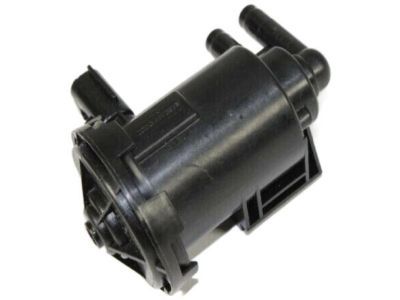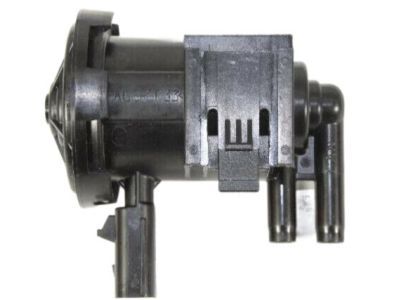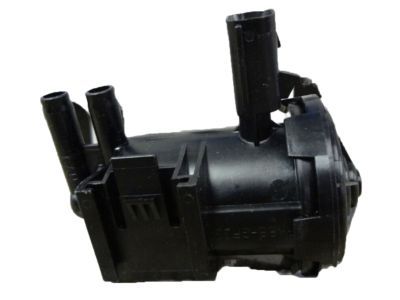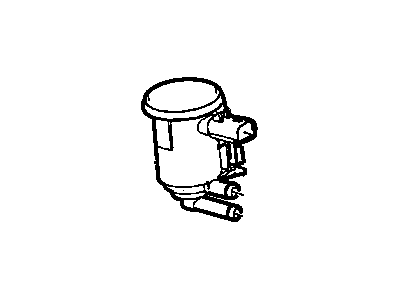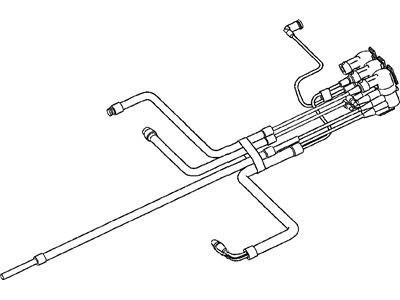
My Garage
My Account
Cart
Genuine Chrysler PT Cruiser Canister Purge Valve
Vapor Canister Purge Valve EVAP- Select Vehicle by Model
- Select Vehicle by VIN
Select Vehicle by Model
orMake
Model
Year
Select Vehicle by VIN
For the most accurate results, select vehicle by your VIN (Vehicle Identification Number).
2 Canister Purge Valves found

Chrysler PT Cruiser SOLENOID-Proportional PURGE
Part Number: 4669569$82.07 MSRP: $120.00You Save: $37.93 (32%)
Chrysler PT Cruiser Canister Purge Valve
Looking for affordable and high-quality auto parts? Then you have already arrived at the proper online shop. We offer all Chrysler PT Cruiser Canister Purge Valve at great affordable prices. Moreover, all genuine Chrysler PT Cruiser Canister Purge Valve come with a manufacturer's warranty. In the long run, you would realize you have saved a lot of trouble and money with OEM parts from here.
Chrysler PT Cruiser Canister Purge Valve Parts Questions & Experts Answers
- Q: What are the functions of the fuel evaporative emissions control system,Canister Purge Valve and Canister and how are they serviced on Chrysler PT Cruiser?A:The fuel evaporative emissions control (EVAP) system collects the fuel vapours and then injects them into the intake air/fuel mixture during operation of the engine. The charcoal canister is positioned to the right front corner of the fuel tank, once the engine is off, the fuel vapors move by hoses to the EVAP canister where they are stored until the next running of the car. Vapors go through a control valve and a flow management valve, which is also a liquid eliminator to prevent fuel mixing; these valves are a replaceable, but the flow management valve requires replacement of the fuel tank if it gets spoiled. Rollover valves that are located in the fuel tanks stop fuel flow through vapor hoses should a rollover occur and is by design non-serviceable. The PCM uses a proportional purge solenoid to control the flow of fuel vapor through the EVAP canister to the throttle body; it is not active during cold starts or warm-up. The system also has a Leak Detection Pump (LOP) that runs a leak check and will store diagnostic trouble codes should they find a leak. For removal and replacement, the proportional purge solenoid is located in the lower right rear corner of the engine compartment, and must be disconnected from the electrical connector and the EVAP hoses to be taken out of its mounting bracket. This is described as the LOP which, situated in the vicinity of the fuel tank, necessitates the tank to be unlatched, then hoses and electrical connector have to be disconnected and the mounting bolts have to be withdrawn. Another filter is the LOP filter which is on top of the fuel tank, behind the EVAP hose connection with the removal of the fuel tank bolt. On 2009 models, the Natural Vacuum Leak Detector (NVLD) is located at the side of the car to where one has to remove the electric connector, the bolt that holds the bracket and the purge hoses. The EVAP canister comes out of its mounting bracket using a push pin and spring clips, and the fuel tank has to be removed, along with the hoses from the canister. The procedures for the installation of all components are opposite to those for the removal of the components.
